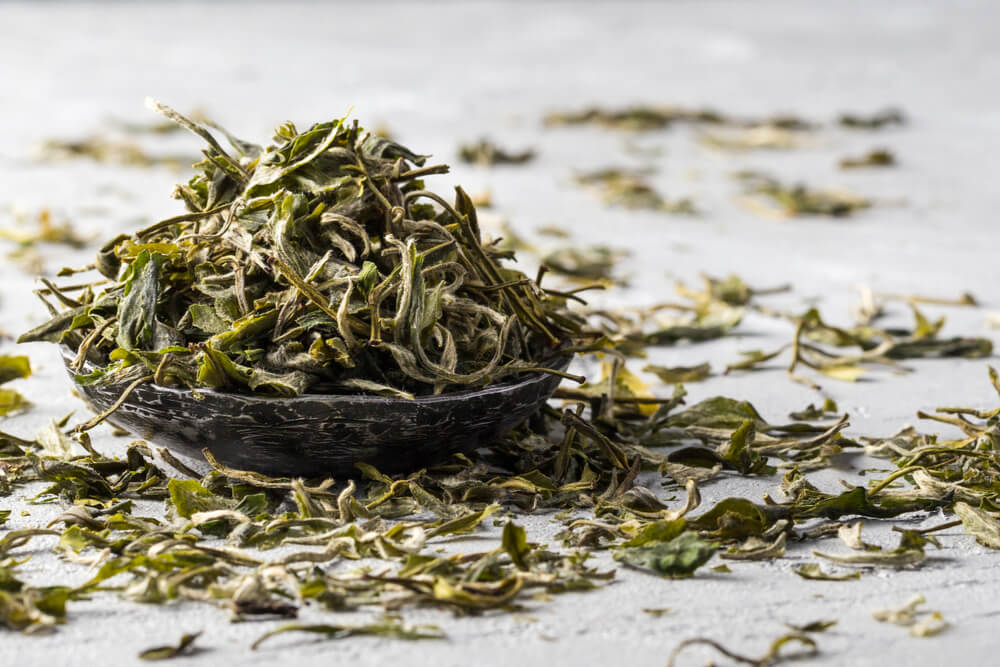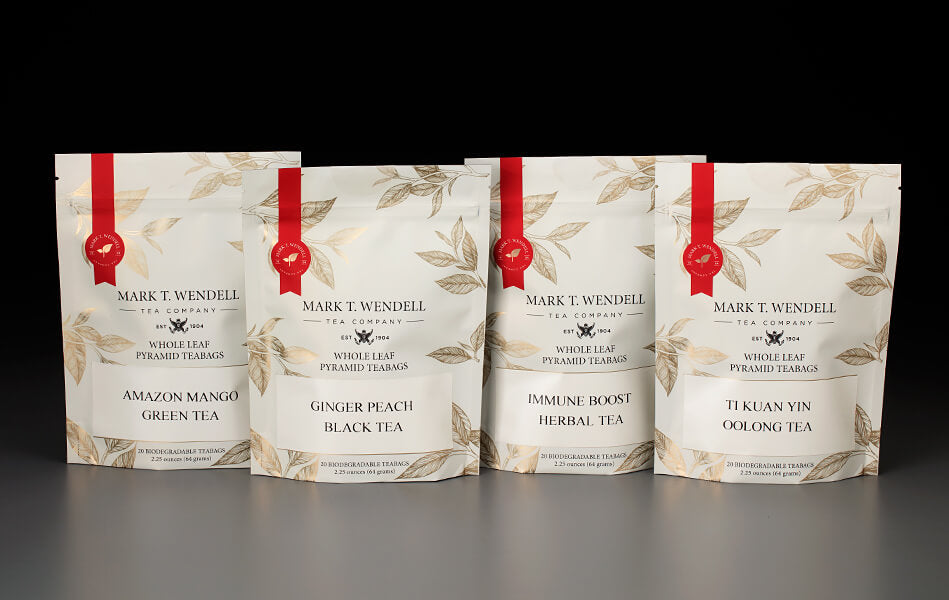
When you sip a cup of tea, whether it’s a robust Assam, a grassy sencha, or a delicate white silver needle, you’re partaking in a global tradition rooted in a single remarkable plant: Camellia sinensis. This evergreen shrub is the botanical origin of all "true" teas, and its leaves have shaped cultures, economies, and daily rituals across continents for thousands of years.
But what exactly is Camellia sinensis? And how does one plant give rise to such a diverse spectrum of teas?
The Botanical Backbone of Tea
Camellia sinensis is a species of evergreen shrub or small tree native to East Asia, particularly the regions surrounding the eastern Himalayas and southwestern China. Belonging to the Theaceae (tea) family, this plant thrives in subtropical and tropical climates with well-drained soil and high humidity.
There are two primary cultivated varieties:
-
Camellia sinensis var. Sinensis: Native to China, this variety has small, narrow leaves and is more tolerant of cold climates. It’s typically used for green, white, and oolong teas.
-
Camellia sinensis var. Assamica: Indigenous to the Assam region of India, this variety features larger leaves and is better suited to warmer, humid environments. It forms the basis of most black teas, especially in Indian and African tea production.
The history of tea begins with Shen Nung, the mythical Chinese emperor and herbalist from around 2737 BCE. According to lore, as he boiled water beneath a Camellia tree, leaves drifted into his pot, creating the world’s first cup of tea. Fascinated by its invigorating effects, Shen Nung is credited with recognizing tea’s medicinal value. Though the tale is symbolic, it reflects China’s deep-rooted connection to tea and its role in early herbal medicine. Today, Shen Nung is honored as the father of Chinese agriculture and tea culture. His legacy is steeped in every brew enjoyed across the world.
Though the genetics are similar, these varieties express differently based on terroir, cultivation practices, and processing, similar to how grapes yield different wines.
From Leaf to Liquor: How Processing Shapes the Tea Spectrum
One of the most fascinating aspects of Camellia sinensis is its versatility. The broad array of teas, green, black, white, oolong, yellow, and pu-erh, are not derived from different plants, but rather from different tea production methods applied to the same leaves.
Key stages that influence the final tea type include:
-
Withering: Softens the leaves and starts enzymatic reactions.
-
Oxidation: The critical step that defines tea categories. Black tea is fully oxidized; green tea is unoxidized.
-
Fixing or Firing: Stops oxidation through heat (e.g., pan-frying or steaming).
-
Rolling and Shaping: Enhances flavor development and creates the desired leaf appearance.
-
Drying: Preserves the leaves for storage and future brewing.
This means that a single Camellia sinensis bush could theoretically produce every major tea type, depending on how the leaves are handled after harvest.
A Legacy of Love, Trade, and Tradition
From sacred ceremonies to daily comfort—Camellia sinensis connects us all. It's a cultural icon, woven into the fabric of social rituals, imperial trade routes, colonial history, and modern wellness trends. From ancient Chinese tea ceremonies to Japan's revered chanoyu, the way of tea, this shrub has played a starring role in shaping the world's cultural heritage.
And beyond culture, tea is also celebrated for its Health Benefits of Drinking Tea, from its antioxidant properties to its role in supporting mental clarity and digestive health. Brewing tea remains a mindful ritual, offering emotional comfort and physical benefits
Conclusion: More Than Just a Shrub
Camellia sinensis is more than a plant. It’s a living bridge between continents and centuries, between daily routine and sacred ritual. Understanding this humble shrub deepens our appreciation for every cup and reminds us that even the simplest of leaves can carry the weight of history, science, and soul.







